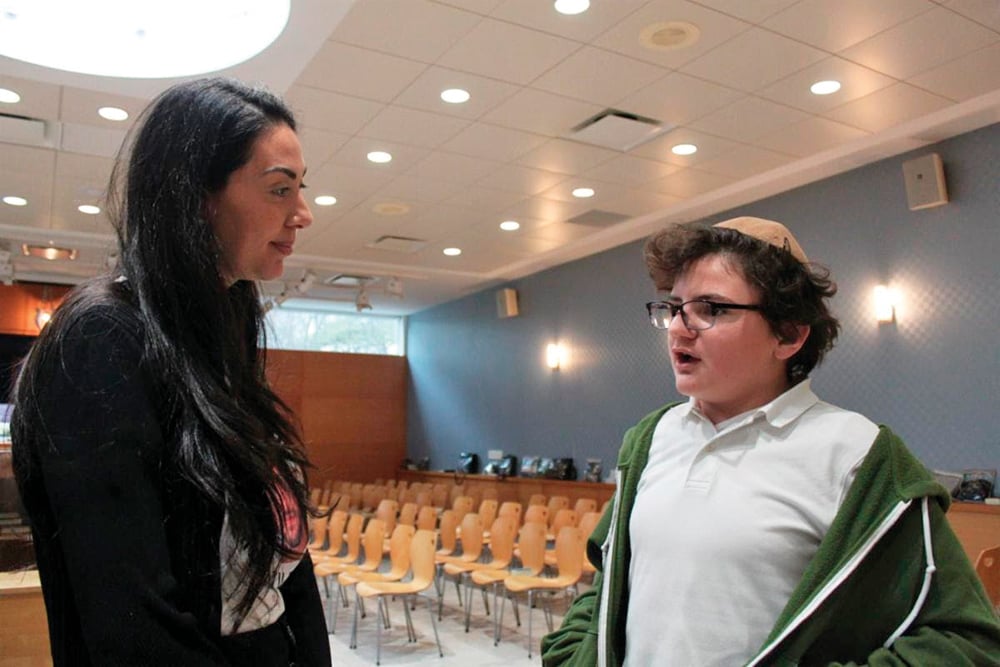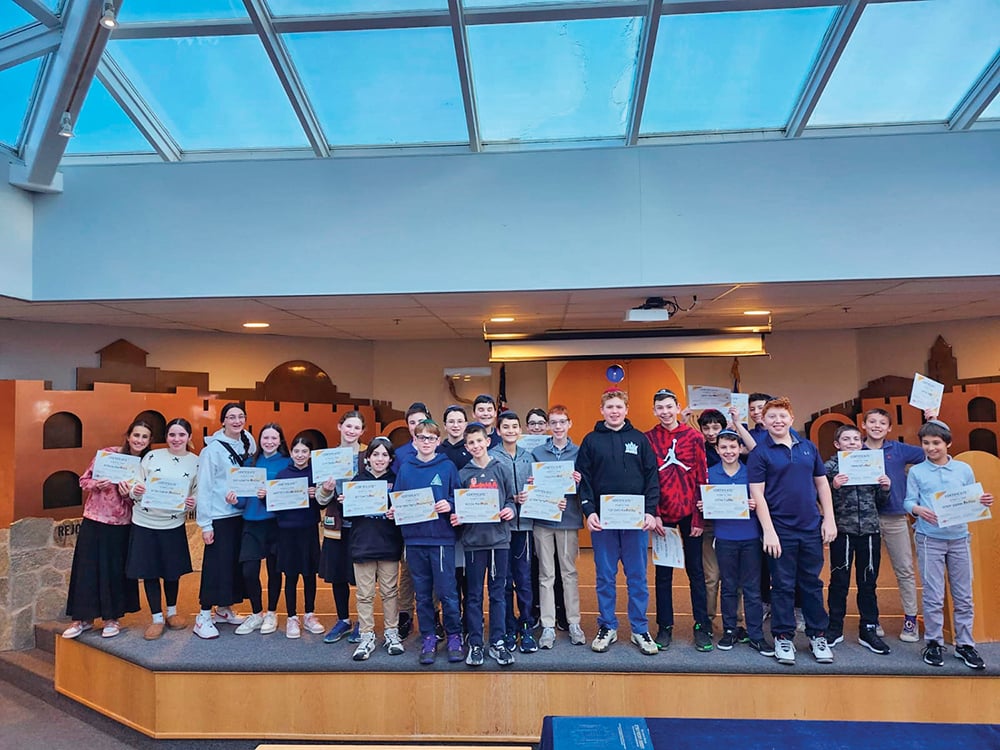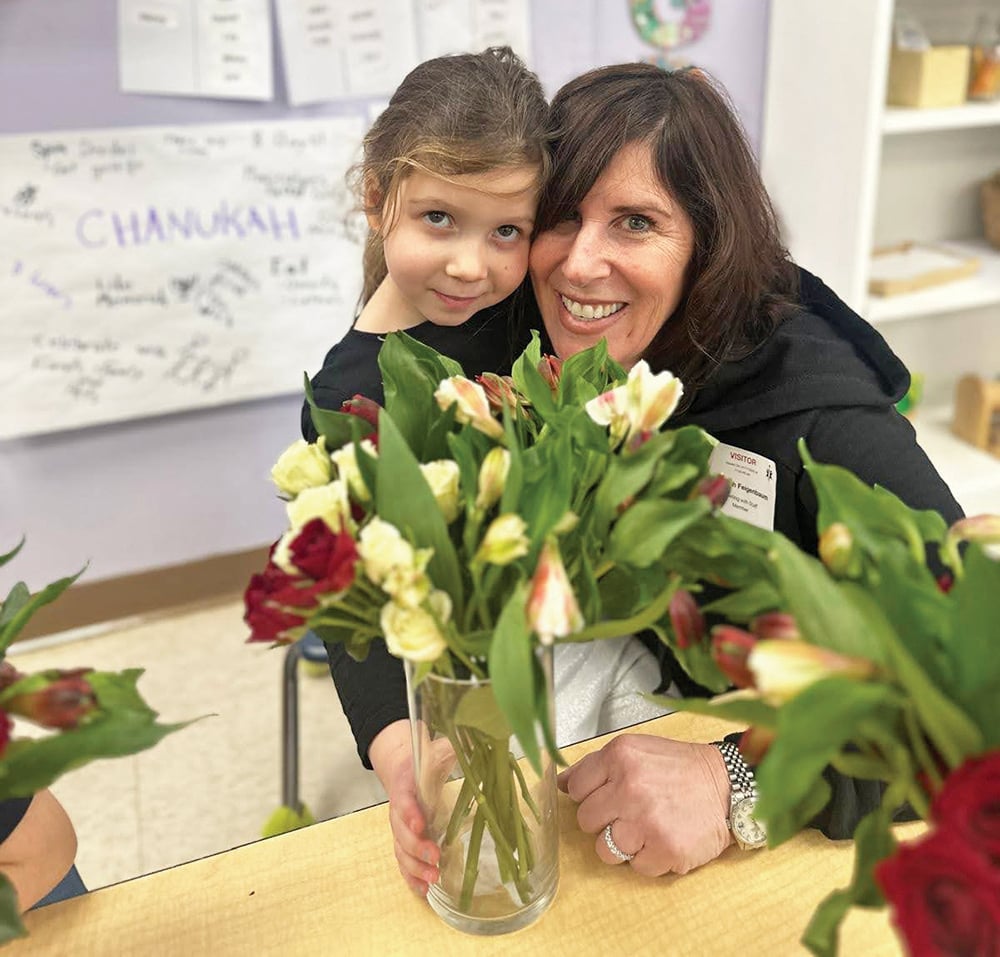The wisest of men declared that there is a time and place for everything under the heavens. Therefore, there’s a certain thrill we enjoy when we feel like we “beat the system” by enjoying something out of its time/season.
Some people are willing to pay to enjoy a fruit that was shipped from an area with a different climate, because, locally, that fruit is “out of season.” It’s also a big part of why half of the New York frum community invades Miami—at some point—during January. It’s a great experience to step off a plane into blinding 80-degree sunlight, after being bundled up in a coat, scarf and gloves in frigid 20-degrees, two hours earlier.
One winter—a few years ago—our family spent a few days in the Poconos. We enjoyed ice skating and snow tubing. But, it was an added pleasure to go swimming in an indoor heated pool as a snowstorm walloped the area, blanketing the ground with 10 inches of snow. After not having gone swimming since late August, it was especially fun to do so as we watched the snow falling from the large windows.
Rav Moshe Wolfson, shlita—mashgiach of Yeshiva Torah Vodaas in Brooklyn, New York—notes that whenever the Shabbos Torah reading contains the Torah reading of a holiday, or mentions the holiday, a certain level of the unique spiritual blessing endemic to the holiday mentioned is attainable to one who spiritually connects to that reading.
During each holiday, we pray: “והשיאנו ה’ אלקינו את ברכת מועדיך—Load us up, Hashem, our God, with the blessings of Your holiday.” Each holiday brings with it unique spiritual blessing and specific components of divine service that can be attained. When a weekly Shabbos Torah reading includes a discussion about a holiday, a “taste” of that holiday’s blessing is spiritually palpable.
During the week of Parshas Vayera, one can “plug into” the light of Rosh Hashanah (the reading of both days of Rosh Hashanah comes from Parshas Vayera). During the weeks of Shemos, Vaera and Bo, one can tap into the spiritual light of Pesach, with an added bonus that the house does not have to be cleaned of chametz first. The week of Beshalach contains the reading of the seventh day of Pesach and the crescendo of the great holiday of faith, as well as the Torah reading of Purim morning. Parshas Yisro contains the reading of Shavuos, connecting its adherent to that seminal event without the cheesecake and the all-nighter.
The weeks of Mishpatim, Emor, Pinchos and Re’eh all contain a sampling of all the major holidays, and, therefore, contain a spiritual conglomerate of them all. This is especially propitious during the Shabbos when Parshas Pinchos is read, which—generally—immediately precedes the Three Weeks of mourning for the destruction of the Bais Hamikdash and the loss of the festival pilgrimages.
Even during the winter, we can tap into the spiritual warmth of the holidays throughout the year. And now that Purim is just beyond the horizon, we can begin to anticipate physical warmth and rejuvenation as well.
Rabbi Dani Staum, LMSW, is a popular speaker and author. He is a rebbe in Heichal HaTorah in Teaneck, NJ, and an experienced therapist, recently returning to seeing clients in private practice, as part of the Rockland CBT group. For appointments Rabbi Staum can be reached at 914-295-0115. Looking for an inspirational and motivating speaker or scholar-in-residence? Contact Rabbi Staum for a unique speaking experience. Rabbi Staum can be reached at [email protected]. Archives of his writings can be found at www.stamtorah.info.













